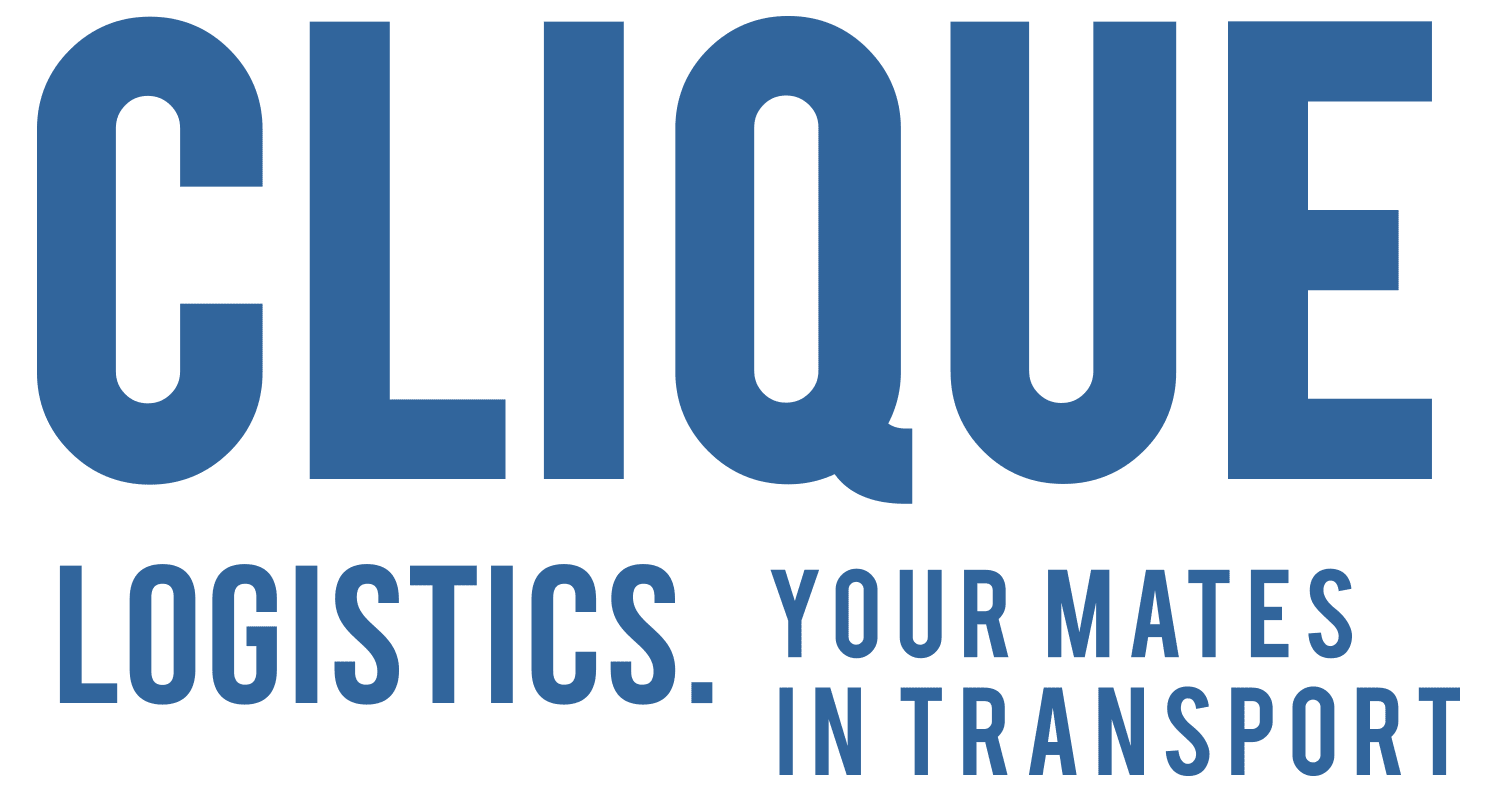As you consider the advancements in Australian logistics infrastructure, it’s clear that the combination of government investment and technological integration is reshaping the environment. With a projected 4.5% growth in the logistics market driven by e-commerce, the $23 billion allocated for freight corridor improvements signals a significant shift. Initiatives like the National Freight & Supply Chain Strategy are not just about efficiency; they likewise aim to align with local community needs. But what implications do these changes have for businesses and consumers alike? Exploring this further reveals some intriguing possibilities.
Smarter Infrastructure Investment
In the next two decades, Australia is set to experience a staggering 35% growth in freight volume, which means you’re looking at an increase of 270 billion tonnes of freight movement. To tackle this challenge, smarter infrastructure investment strategies are crucial. By prioritising projects based on their economic impact and efficiency, you can guarantee that the total freight moved exceeds 1000 billion tonnes, improving logistics capabilities across the nation.
Sustainable practices play a vital role in this investment strategy. Incorporating technology integration helps optimise transport networks and boost freight movement efficiency.
You’ll find that urban planning becomes increasingly important, particularly in high-traffic areas, where resources must be allocated to relieve strain on existing infrastructure.
Public-private partnerships serve as effective funding models, supporting the development of strategically located freight gateways and hubs. This approach not only improves connectivity but likewise promotes stakeholder collaboration, guaranteeing that diverse interests are represented in the planning process.
Regular monitoring and evaluation of these investments will allow you to adapt and respond to the evolving demands of Australia’s freight environment, ultimately leading to a more robust and sustainable logistics framework.
Enhancing Freight and Supply Chains
As smarter infrastructure investments pave the way for a more efficient logistics network, improving freight and supply chains becomes vital. With the Australian logistics market projected to grow at 4.5% by 2023, you need to adapt to increasing e-commerce demands and support an anticipated 35% rise in freight volume from 2018 to 2040.
Implementing automated delivery systems will streamline your operations, making them faster and more reliable.
Utilising predictive analytics allows you to foresee demand fluctuations and optimise inventory management, strengthening supply chain resilience. Moreover, focusing on sustainable packaging solutions not only meets consumer expectations but also aligns with environmental goals.
Urban logistics likewise play a significant role, as cities expand and congestion increases. Efficiently managing deliveries in these areas will improve service quality and reduce costs.
The $23 billion allocated by the Australian government for improving freight corridors emphasises the commitment to developing these capabilities. By embracing advanced logistics technologies, like AI and IoT, you can improve supply chain visibility and efficiency, effectively maneuvering through the complexities that arise from climatic vulnerabilities.
In this dynamic environment, staying ahead is vital for cultivating a robust logistics framework.
National Freight Initiatives
National Freight Initiatives play a crucial role in shaping Australia’s logistics environment, improving efficiency and productivity across transport modes. The Australian Government’s National Freight & Supply Chain Strategy (NFSCS) is pivotal in this effort, as it lays out a thorough National Action Plan to tackle infrastructure challenges and boost logistics efficiency.
With a projected increase in the 10-year infrastructure program from $75 billion to $100 billion, the focus is on addressing growing freight demands effectively.
In addition, the development of the National Freight Data Hub is vital for standardising high-quality freight data. This initiative not only improves safety and productivity but also strengthens supply chain resilience.
Approximately $16.5 million has been allocated for data initiatives under the NFSCS, allowing for better strategic planning and operational effectiveness in freight management.
Key freight routes and intermodal terminals outlined in the National Key Freight Routes Map promote efficient domestic and international freight transport.
Indigenous Framework and Community Engagement
While addressing the growing demands of logistics infrastructure, integrating Indigenous frameworks and community engagement is vital for nurturing economic opportunities and cultural recognition.
The Australian Government’s National Partnership Agreement emphasises Indigenous partnerships, requiring state and territory governments to submit Indigenous Participation Plans for funded projects. This initiative aims to improve Indigenous involvement in infrastructure development, guaranteeing local engagement and community benefits.
Successful projects, like the Great Northern Highway Upgrade, have set impressive employment targets, achieving a 50% Indigenous employment rate. These efforts not only boost local economies but additionally promote workforce training, empowering Indigenous Australians with skills and experience in the logistics sector.
By prioritising Indigenous employment, infrastructure projects contribute to community development and cultural recognition, celebrating the rich heritage of Aboriginal and Torres Strait Islander peoples.
It’s significant to recognise that these partnerships create a shared vision for sustainable growth. Engaging local communities in decision-making processes guarantees that the projects align with their needs, leading to better outcomes for everyone involved.
Economic Perspectives on Infrastructure
Recognising the economic implications of logistics infrastructure development is vital for understanding its broader impact on Australia’s growth.
With infrastructure investment projected to hit $100 billion over the next decade, you’re looking at significant improvements in logistics capabilities. This investment not only addresses regional disparities but likewise promotes sustainable financing through public-private partnerships.
Upgraded freight roads will lead to better connections to ports and transport hubs, facilitating efficient movement of goods and reducing costs.
Technological integration plays an important role here, as it can streamline operations and improve productivity in the logistics sector, ultimately benefiting consumers with lower prices.
Furthermore, long-term planning is fundamental for maximising the economic multiplier effects highlighted by the IMF, especially in a low-interest environment.
By investing strategically in infrastructure, you’re likely to create jobs and boost local incomes, which in turn strengthens regional economies.
As improved access encourages competition among firms, the ripple effect can lead to increased productivity throughout the logistics environment, solidifying Australia’s position as a key player in global trade.
Conclusion
In summary, Australia’s logistics infrastructure is on the brink of transformation. With significant investments aimed at integrating advanced technologies and streamlining supply chains, you’re set to benefit from more efficient operations. The focus on community engagement and Indigenous partnerships guarantees these developments meet local needs. As the logistics market grows, you’re witnessing a future where smarter infrastructure not only boosts the economy but additionally nurtures sustainable practices, creating a win-win for everyone involved.




